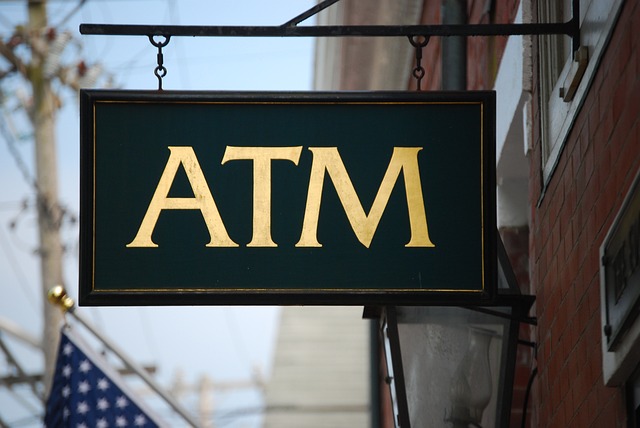Your ATM withdrawals will cost more: In a move that will impact ATM users across the country, the Reserve Bank of India (RBI) has granted approval for banks to raise the charges on ATM cash withdrawals beyond the free monthly usage limit. Starting from 1st May 2025, customers will be required to pay 23 rupees per transaction after exceeding their free transaction limits. This marks an increase of 2 rupees from the previous fee of 21 rupees that customers were charged after using up their monthly free ATM transactions.
“Beyond the free transactions, a customer may be charged a maximum fee of 23 rupees per transaction. This shall be effective from 1 May 2025, the RBI stated in a circular as stated by AIR
Currently, customers are entitled to five free transactions per month at their own bank’s ATMs, which include both financial and non-financial transactions. In addition, customers can make free withdrawals at other banks’ ATMs, with three free transactions allowed in metro centres and up to five in non-metro centres.
However, once these limits are exceeded, customers will now face the higher fee of 23 rupees per transaction, a move that is expected to affect many individuals who frequently use ATMs beyond their free allowance. The RBI’s decision is part of a broader effort to regulate ATM charges while ensuring that the convenience of ATM access remains viable for customers across different regions of the country.
The revised fees will take effect from 1st May 2025, and the RBI has issued a circular confirming the update, highlighting that this adjustment aims to account for the increasing costs of ATM operations and maintenance, while still safeguarding consumer interests.
ATM Withdrawal Limit and Transaction Charges 2025
ATM Withdrawal Limits
The maximum cash withdrawal limit varies across banks in India, depending on the type of account and customer status. For most banks, the daily limit starts at ₹10,000, but premium or prime customers may have higher limits, reaching up to ₹50,000. These limits are set based on the account type and the customer’s relationship with the bank.
ATM Withdrawal Charges
Banks typically offer customers five free ATM withdrawals per month, which include both financial and non-financial transactions at their own bank’s ATMs. However, once this free transaction limit is exhausted, banks will impose a fee for any additional withdrawals made at ATMs, whether at their own machines or those of other banks. The charge for each subsequent transaction varies depending on the bank, but as per recent regulations, this fee could be as high as ₹23 per transaction beyond the free limit.
Why do banks set ATM withdrawal limits?
ATM withdrawal limits are primarily set for security reasons and to ensure that banks can manage cash distribution efficiently. By imposing limits, banks can track the movement of funds more easily and reduce the risk of fraud. Additionally, these limits help ensure that sufficient cash is available for other customers, especially in regions where ATMs might have lower cash reserves or experience higher footfall
Also Read: Trump’s 50% China tariffs ultimatum: Stock market crash & economic risk explained









Good news for home loan borrowers: SBI, PNB, BoB, 3 others cut lending rates
RBI cuts rates as Trump’s tariffs on India kick in; EMIs to drop
New TDS rules 2025: What every income taxpayer needs to know